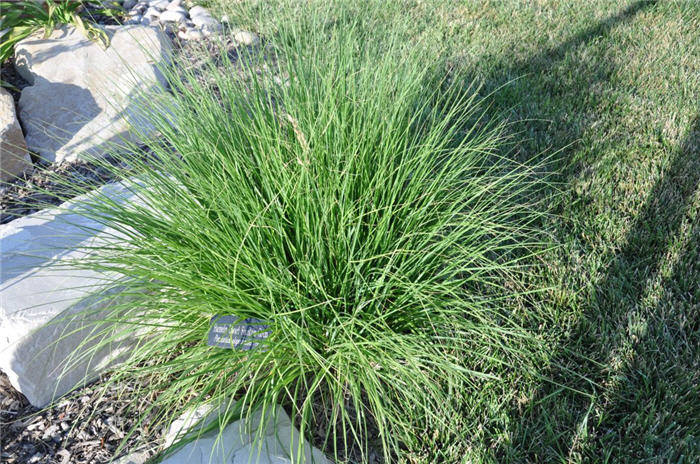| Botanical Name: Pennisetum alopecuroides | |
| Common Name: Fountain Grass |

-
Anatomy
-
Culture
-
Design
Plant Type
Perennial, Grass
Height Range
1-3', 3-6'
Flower Color
Pink, Purple, Red, White
Flower Season
Summer, Fall
Leaf Color
Green
Bark Color
n/a
Fruit Color
n/a
Fruit Season
n/a
Sun
Full
Water
Medium
Growth Rate
Moderate
Soil Type
Sandy, Clay, Loam, Rocky, Unparticular
Soil Condition
Average, Rich, Poor, Well-drained, Dry
Soil pH
Neutral, Basic
Adverse Factors
n/a
Design Styles
English Cottage, Formal, Japanese, Meadow, Mediterranean, Ranch, Spanish, Woodland
Accenting Features
Showy Flowers, Unusual Shape
Seasonal Interest
Winter, Summer, Fall
Location Uses
Entry, Perennial Border, Shrub Border, Foundation, Walls / Fences
Special Uses
Cut Flowers, Hedge, Mass Planting, Small Spaces
Attracts Wildlife
n/a
Information by: Stephanie Duer
Photographer: Steve Mullany
Photographer: Steve Mullany
-
Description
-
Notes
Fountain grass is a group of warm-season, clumping grasses with graceful forms and early plumes. Foliage is fine-textured and green, with the leaves 1/4 to 1/2 inch wide and up to 30 or so inches long. The form is dense, upright, and mounded, growing from 1 to 3 feet tall and wide, and a little taller while in bloom. Fountain grass tend to bloom before Miscanthus and Panicums, usually by mid-July. Flowers are fox-tail-like and plump, and range in colors from white, cream, pinks, to nearly black. Flowers tend to shatter, but foliage persists into winter.
Fountain grass are very adaptable, growing in just about any soil as long as it is well drained and in full sun. They perform the best when they are in fertile, loamy soils and receive regular watering. As with other grasses, cut them back in late winter, see the Guides for details. A very tidy grass, well suited to more formal sites and shrub borders, but it also holds its own in raucous perennial borders, providing a valuable bridge between blooming seasons and into the winter months.